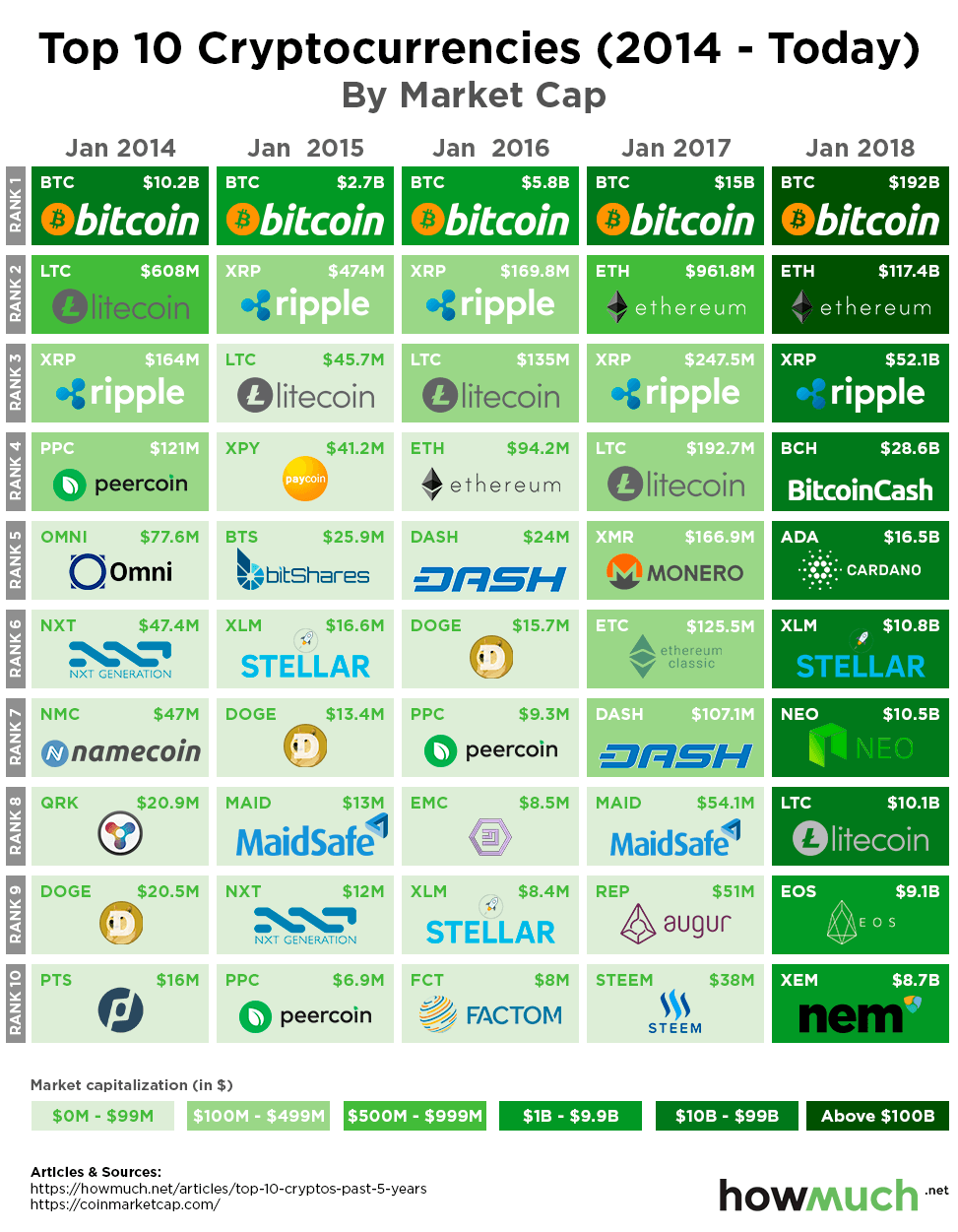Do all cryptocurrencies use blockchain
The agency is a frequent target for Republican criticism, and the incoming president will almost certainly replace CFPB director Rohit Chopra with someone more business-friendly, the industry observers said https://drying-machine.org/.
Artificial Intelligence (AI) is driving predictive, adaptive payment systems. These AI-powered agents can manage cash flow, overdrafts, and even make automated transactions. By embedding intelligence into payments, businesses and consumers alike are experiencing unprecedented efficiency and personalization.
Meanwhile, cryptocurrencies are finding mainstream acceptance in retail, driven by platforms like PayPal and Mastercard. The advent of decentralized stablecoins addresses volatility concerns, further legitimizing crypto payments.
Of course, expectations for rolling back regulations are high, given President-elect Donald Trump’s record. That may mean undoing some aggressive moves by federal agencies during the Joe Biden administration.
All cryptocurrencies
Cryptocurrencies are digital assets that are secured by cryptography. They use decentralized networks to transfer and store value, and the transactions are recorded in a publicly distributed ledger known as the blockchain. Transactions are verified by network nodes and recorded in a public distributed ledger known as the blockchain. Cryptocurrency transactions are secure, and are verified by a decentralized network of computers.
Cryptocurrency market capitalization (market cap) refers to the total value of a particular cryptocurrency that is currently in circulation. It is calculated by multiplying the current market price of a cryptocurrency by the total number of coins or tokens that have been issued. The total market capitalization of all cryptocurrencies for today is $3,483,735,942,412
Play-to-earn (P2E) games, also known as GameFi, has emerged as an extremely popular category in the crypto space. It combines non-fungible tokens (NFT), in-game crypto tokens, decentralized finance (DeFi) elements and sometimes even metaverse applications. Players have an opportunity to generate revenue by giving their time (and sometimes capital) and playing these games.

Cryptocurrencies are digital assets that are secured by cryptography. They use decentralized networks to transfer and store value, and the transactions are recorded in a publicly distributed ledger known as the blockchain. Transactions are verified by network nodes and recorded in a public distributed ledger known as the blockchain. Cryptocurrency transactions are secure, and are verified by a decentralized network of computers.
Cryptocurrency market capitalization (market cap) refers to the total value of a particular cryptocurrency that is currently in circulation. It is calculated by multiplying the current market price of a cryptocurrency by the total number of coins or tokens that have been issued. The total market capitalization of all cryptocurrencies for today is $3,483,735,942,412
Play-to-earn (P2E) games, also known as GameFi, has emerged as an extremely popular category in the crypto space. It combines non-fungible tokens (NFT), in-game crypto tokens, decentralized finance (DeFi) elements and sometimes even metaverse applications. Players have an opportunity to generate revenue by giving their time (and sometimes capital) and playing these games.
Are all cryptocurrencies mined
That’s the problem that cryptocurrency consensus algorithms, as they’re known, are trying to solve. How do the generals (the computer nodes) come up with consensus (all agree on the same plan of action—or transaction ledger), and avoid being led astray by a small number of traitors (faulty equipment and hackers)?
You’re reading a free article with opinions that may differ from The Motley Fool’s Premium Investing Services. Become a Motley Fool member today to get instant access to our top analyst recommendations, in-depth research, investing resources, and more. Learn More
Also, proof-of-stake rewards those who validate transactions differently. Instead of being paid in newly mined tokens or fractions of a token, stakeholders receive the aggregate transaction fees from a block of transactions. These fees may not equal as much as a block reward, but understand that the costs of this validation method are much, much lower.
Are all cryptocurrencies based on blockchain
Generating these hashes until a specific value is found is the “proof-of-work” you hear so much about—it “proves” the miner did the work. The sheer amount of work it takes to validate the hash is why the Bitcoin network consumes so much computational power and energy.
For all of its complexity, blockchain’s potential as a decentralized form of record-keeping is almost without limit. From greater user privacy and heightened security to lower processing fees and fewer errors, blockchain technology may very well see applications beyond those outlined above. But there are also some disadvantages.
Alternatively, there might come a point where publicly traded companies are required to provide investors with financial transparency through a regulator-approved blockchain reporting system. Using blockchains in business accounting and financial reporting would prevent companies from altering their financials to appear more profitable than they really are.
Nonfungible tokens (NFTs) are minted on smart-contract blockchains such as Ethereum or Solana. NFTs represent unique assets that can’t be replicated—that’s the nonfungible part—and can’t be exchanged on a one-to-one basis. These assets include anything from a Picasso painting to a digital “This is fine” dog meme. Because NFTs are built on top of blockchains, their unique identities and ownership can be verified through the ledger. With some NFTs, the owner receives a royalty every time the NFT is traded.
Why do this? The food industry has seen countless outbreaks of E. coli, salmonella, and listeria; in some cases, hazardous materials were accidentally introduced to foods. In the past, it has taken weeks to find the source of these outbreaks or the cause of sickness from what people are eating.


 Turkish
Turkish